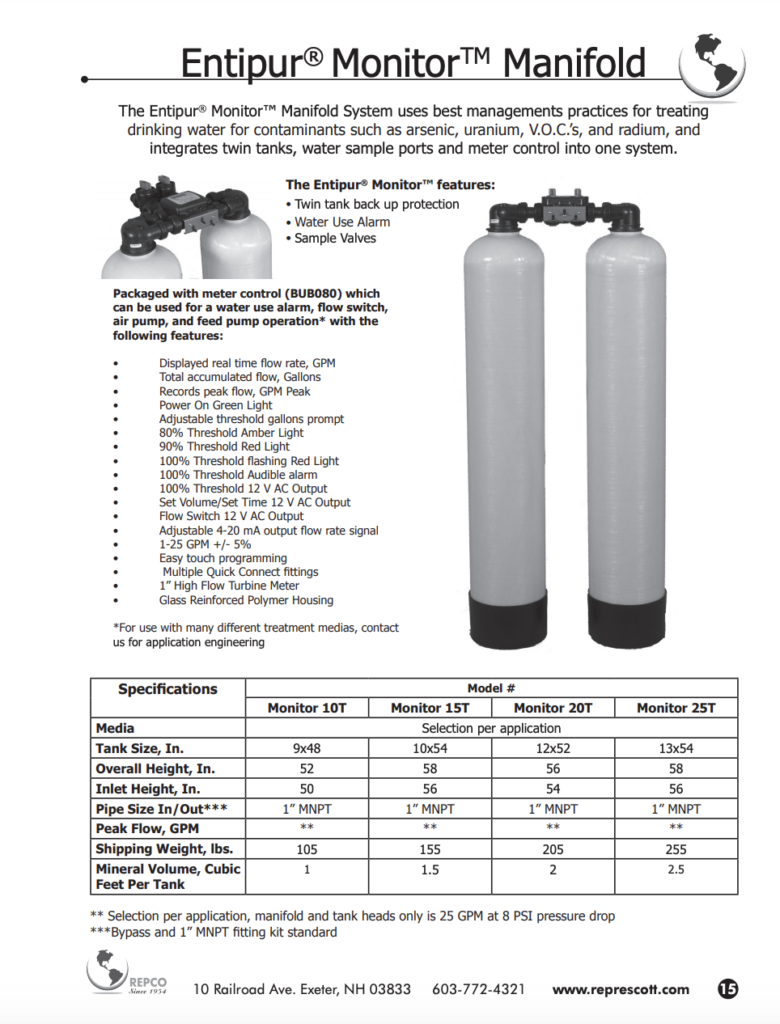Perfluorooctanoic acid and perfluorooctane sulfonate–more commonly referred to as PFOA and PFOS, respectively–are fluorinated organic compounds that are part of larger group of compounds known as perfluoroalkyl substances (PFAS).
These man-made chemicals are infamous for being both water and lipid-resistant. With production taking off in the 1950’s, PFOA and PFOS were commonly used to coat products that were designed to be stain-resistant, waterproof, or non-stick (e.g. DuPont’s Teflon). Although convenient, these highly fluorinated chemicals are associated with some serious health problems. Their negative health effects are compounded by the fact that they persist in the environment for a very, very long time.
Unfortunately, during manufacturing processes, PFOS and PFOA were dumped into the soil, emitted into the air, and poured into the water surrounding factory sites–well into the 1970s. Contamination is estimated to exceed 7000 metric tons of these fluorochemicals. This means that most people have been exposed to PFOS and PFOA.

